Springtime in the Sonoran Desert

Sd
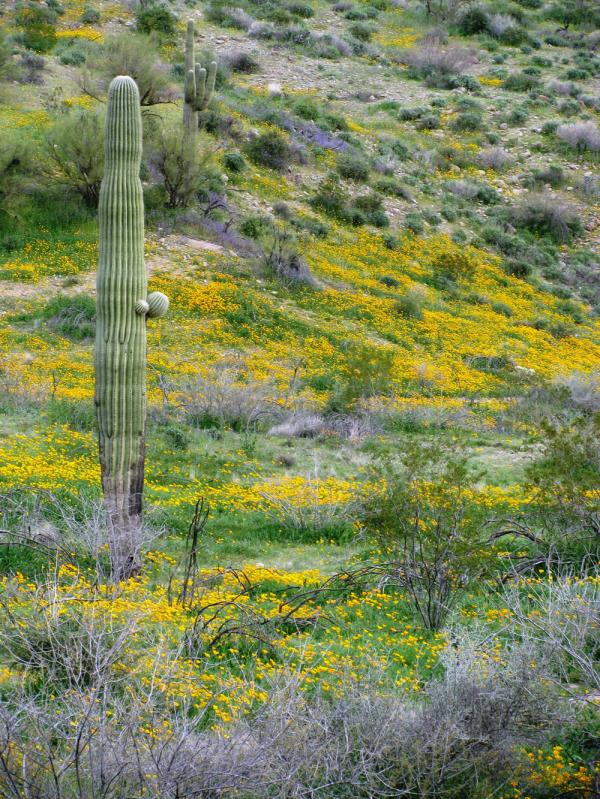
For many, their vision of the Sonoran Desert, located in the southwest part of the United States and northern Mexico, is one of a vast and barren wasteland of rolling sand dunes and desolate landscapes. But nothing could be further from the truth, as the Sonoran Desert annually becomes a lush environment of amazing springtime color when the indigenous plants bloom after a winter of rain.
Sd Desert Sonora Nps

The Sonoran Desert is 120,000 square miles (311,000 square kilometers) in size and is situated in southern Arizona, southeastern California and the Mexican states of Sonora, Baja California and Baja California Sur. It is know for its extreme hot summer temperatures, its low relative humidity and a unique and diverse variety of plants and animals.
Sd Palo Verde

In early April, the Palo Verde trees first turn the Sonoran Desert landscape into a sea of yellow. There are two common Palo Verde species found in the Sonoran Desert the Blue Palo Verde (Cercidium floridum) and the Foothill Palo Verde (Cercidium microphyllum).
Sd Closeup Palo Verde
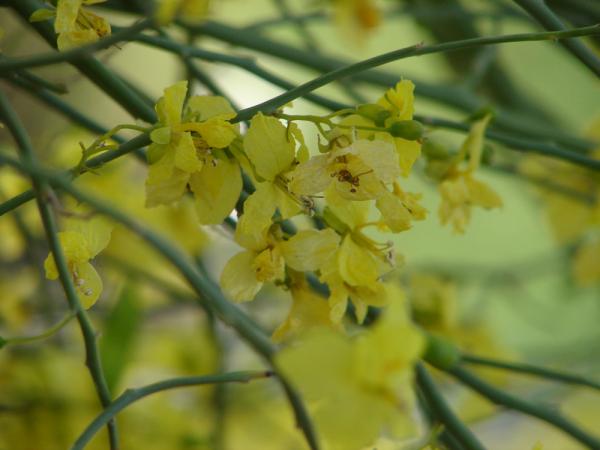
Palo Verde is a name given to these trees by the Spanish conquistadors when they first traveled this land in search of Cibola, the Seven Cities of Gold. The name translates to mean "green sticks." Bees become common visitors to this annual explosion of desert flowers. Honey made from the nectar of the Palo Verde flowers has been a long sought after treat by those who have made their homes in this harsh environment.
Sd Mesquite Tree
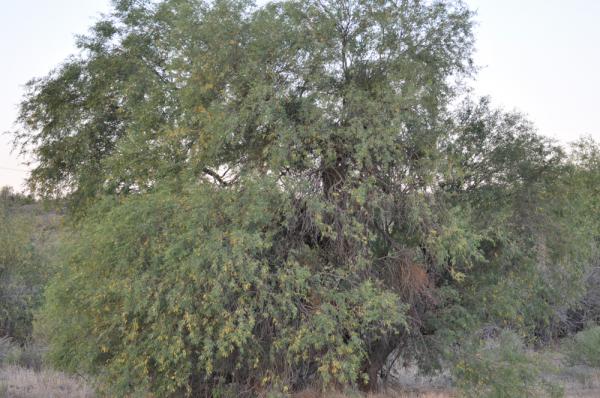
Mesquite trees are a very common sight in the landscape of the Sonoran Desert. Members of the Fabaceae family along with the Palo Verde, these desert plants replenish the nitrogen to the soil, benefiting all the plants that grow here. There are three common species of mesquite trees found here in the Sonoran Desert: Velvet Mesquite (Prosopis velutina), Screwbean Mesquite (Prosopis pubescens) and the Honey Mesquite (Prosopis glandulosa).
Sd Closeup Mesquite

The flowers of the Honey Mesquite add to the desert springtime color. By late June these flowers will have developed into long bean pods that are a valuable source of food for the indigenous animals, and once the indigenous humans who made their homes in this beautiful desert.
Sd Ironwood
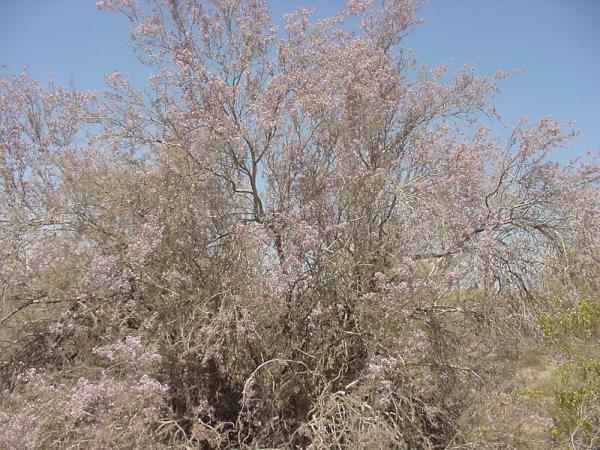
Ironwood trees (Olneya tesota), shown here in bloom, are found only in the Sonoran Desert and can grow to a height of over 45 feet (14 meters) and live for more than 1,500 years in dry locations below 2,500 feet (760 m) in altitude. It too is a legume, a part of the Fabaceae family. The wood of this species is very hard and dense, even sinking when put into water.
Get the world’s most fascinating discoveries delivered straight to your inbox.
Sd Closeup Ironwood
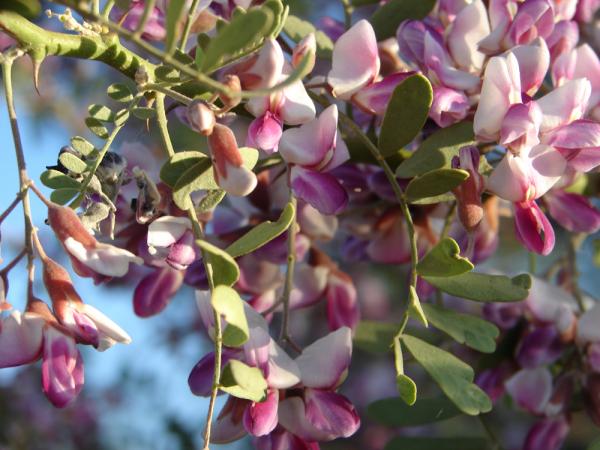
The beautiful lavender-to-pink flowers of the Ironwood tree come in to bloom in late May/early June and provide edible seed pods in late July and August. The root of the Ironwood was once ground and used as a medicine by the native people. Temperatures may be 15 degrees cooler under the shade of a large Ironwood tree than in the open desert just 10 feet (3 m) away.
Sd Brittlebush

Brittlebush (Encelia farinose) is a member of the sunflower family and is the most common shrub of the Sonoran Desert. During long periods of drought, the yellow flowers and mint green leaves all wither and drop, leaving a bush of only brittle stems, thus giving rise to the plant's name.
Sd Closeup Brittlebush

During April the mountains of the Sonoran Desert turn yellow when the thousands of brittlebush growing there explode into bloom. The fragrant resin they produce has analgesic properties and was once used as a pain reliever. A boiled tincture made from the blossoms, leaves and stems of the brittlebush was known to be a powerful relief for anyone suffering a toothache.
Sd Closup Creosote

Creosote bush (Larrea tridentata) is a common shrub found in the Sonoran Desert. The waxy, deep-green leaves with yellow springtime blossoms soon turn into white wooly seeds ready to be scattered by the wind. When the waxy resin on the leaves mixes with the water of a rain shower, a unique aroma is released that can be smelled for miles around, giving rise to the saying, "the desert smells like rain." Creosote bush was a powerful medicine plant for the native people and was used for stomach disorders, antiseptics and even to relieve the swollen limbs of the elderly. [Hold Your Nose: 7 Foul Flowers]


